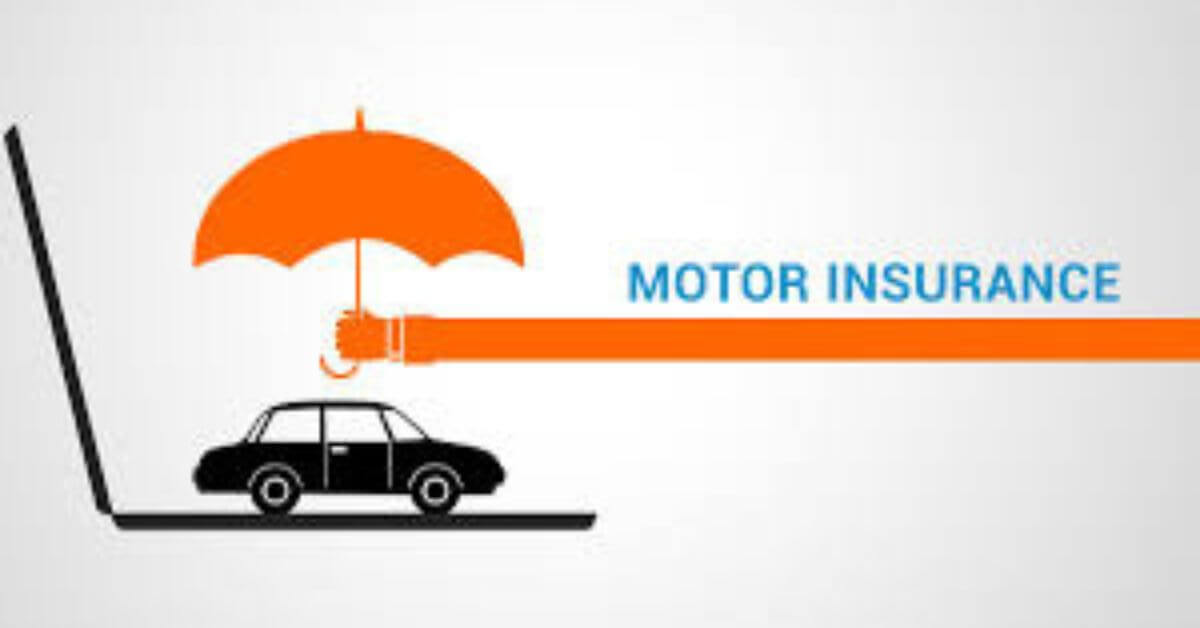what is motor insurance /types of motor insurance
What is motor insurance
Motor insurance, which is the most common of all the known classes of insurance, is designed to protect the insured for loss of or damage to his vehicle, damage to Third Party property including bodily injury and death to Third Parties caused by accident.
Also, motor insurance is a contract between the policyholder and an insurance company that protects against financial loss due to accidents, theft, or other damages involving a motor vehicle.
Also read: how much is urgent care without insurance
By paying a premium, you ensure that in case of an accident or damage, your insurance company will cover the repair costs or compensate for the loss.
Types of motor insurance
Now that we have known what is motor insurance, lets now take a brief look at the types of motor insurance:
1. Third-Party Liability Insurance
This is the most basic form of motor insurance and is mandatory in many countries. It covers:
- Injury or Death of a Third Party: If you cause an accident that results in injury or death, the insurance will compensate the affected parties.
- Damage to Third-Party Property: It covers any damage you cause to another person’s property.
While third-party insurance is usually the most affordable option, it doesn’t cover damages to your own vehicle.
2. Comprehensive Insurance
Comprehensive insurance provides broader coverage, including:
- Third-Party Liability: As in third-party insurance, it covers damages to other people or property.
- Own Vehicle Damage: It covers damage to your vehicle from accidents, theft, fire, natural disasters, or vandalism.
- Personal Accident Coverage: This covers medical expenses for injuries sustained by you or your passengers in an accident.
Comprehensive insurance is generally more expensive than third-party insurance but offers extensive protection.
3. Collision Coverage
This type of insurance specifically covers damages to your vehicle resulting from a collision, regardless of fault. It can be added as a rider to a comprehensive policy or purchased separately.
4. Personal Injury Protection (PIP)
PIP covers medical expenses, lost wages, and other related costs for you and your passengers, regardless of who is at fault in the accident. It’s particularly useful if you don’t have health insurance that fully covers auto-related injuries.
5. Uninsured/Underinsured Motorist Coverage
This covers your costs if you’re involved in an accident with a driver who either has no insurance or inadequate insurance to cover the damages. It’s an optional coverage that offers extra peace of mind.
How to Choose the Right Motor Insurance Policy
Selecting the right motor insurance policy can be overwhelming, but keeping the following factors in mind can help:
- Assess Your Needs: Consider how frequently you drive, the value of your vehicle, and your budget. If you drive often or own a high-value vehicle, comprehensive coverage might be best.
- Compare Plans: Always compare multiple insurance providers, their premiums, and what they cover. Use online comparison tools or consult with an insurance agent.
- Check for Add-Ons: Add-ons like zero depreciation, engine protection, and roadside assistance can enhance your coverage but will increase the premium. Choose what’s relevant to your driving habits and location.
- Look at the Claim Settlement Ratio: Research the claim settlement ratio of insurance companies to see how likely they are to approve and settle claims. A higher ratio usually indicates better reliability.
- Review Deductibles and Limits: A higher deductible means a lower premium but more out-of-pocket expenses in case of a claim. Choose a deductible that balances cost with potential risk.
Tips for Lowering Your Motor Insurance Premium
- Bundle Your Policies: Many insurers offer discounts if you bundle your motor insurance with other policies like home or life insurance.
- Maintain a Clean Driving Record: Safe driving can help you qualify for lower premiums over time.
- Install Anti-Theft Devices: Installing security systems can reduce the risk of theft, which may lower your premium.
- Consider Usage-Based Insurance: Some insurers offer plans where your premium is based on how much you drive, which can be beneficial if you’re a low-mileage driver.
- Shop Around Annually: Insurance rates can fluctuate, so it’s wise to shop around and compare quotes each year.
Conclusion
Motor insurance is an essential part of owning and operating a vehicle, providing protection for both financial and legal liabilities. Understanding the different types of coverage available can help you make an informed decision and choose a policy that best fits your needs and budget.
By considering factors such as coverage type, add-ons, and insurance providers, you can find a motor insurance plan that gives you peace of mind on the road.
